What Is A Vector and Common Types of Vector Files?
In the world of digital design, vector files are indispensable. Whether you're creating logos, illustrations, or other graphic elements, understanding vector file formats is essential for achieving high-quality, scalable results. Unlike raster graphics, which rely on pixels, vector graphics are built on paths defined by mathematical equations, making them infinitely scalable without losing quality. This article dives into what vector files are, the most common vector file formats, and when and why to use them. Additionally, we'll guide you through how to download free vector images.
Part 1: What Is a Vector and Most Common Types of Vector Files?
A vector file is a digital graphic that uses mathematical equations to create shapes, lines, curves, and colors. These files are not made of pixels, but instead, they rely on paths or points that are connected to form complex images. This mathematical nature makes vector files highly versatile, especially when it comes to scaling and editing images without losing resolution.
Common File Type for Vector Image
There are several types of vector file formats, each serving specific purposes depending on the intended use and software compatibility. Let's explore the most common file format for vector images you'll encounter.
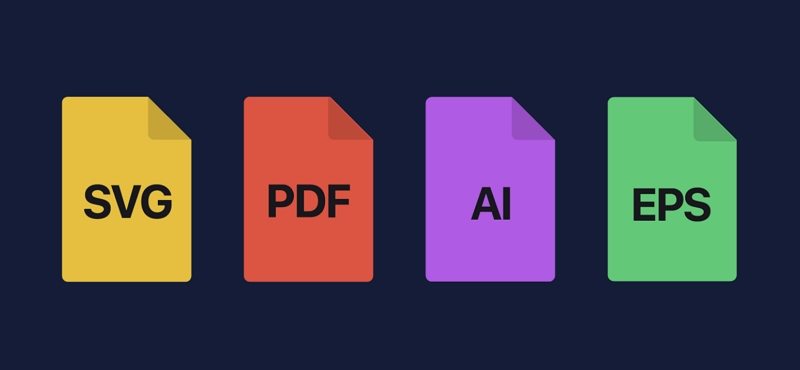
1. .ai (Adobe Illustrator File)
The .ai format is the standard file type for Adobe Illustrator, one of the most popular graphic design programs. It's widely used in professional design work, especially for logos, illustrations, and other vector-based designs. Since Illustrator is such a powerful design tool, this format retains high-quality vector paths and is ideal for both print and digital media.
2. .eps (Encapsulated PostScript File).eps is an older vector file format that was commonly used in the past for transferring graphic designs between different software programs. It can support both raster and vector elements, but it's primarily used for vector-based artwork. While EPS files do not support transparency as well as newer formats like AI, they're still widely used in print media.
3. .pdf (Portable Document Format)The .pdf file format is primarily known for document sharing, but it can also contain vector graphics. The beauty of PDFs is that they can be viewed across platforms while retaining high quality. PDFs are editable in Adobe Acrobat and can store both raster and vector images. This versatility makes them ideal for sending designs, especially for documents that contain a mix of text and images.
4. .svg (Scalable Vector Graphics).svg is a vector file format based on XML, making it particularly useful for web design. Unlike other vector formats, SVG files are editable using text editors and can be indexed, searched, and scripted for the web. Due to their scalability, SVG files are perfect for logos, icons, and any graphic that needs to be resized without losing resolution. Because of its widespread support, SVG is commonly used in websites and user interface design.
Part 2: What Are Vector Files Used For or When to Use Vector Files?
The primary advantage of vector graphics is their ability to scale without losing quality. This makes them the preferred choice for any project that requires resizing. But when exactly should you use vector files? Let's take a look at the most common use cases for vector images and when they're the best option.
1. Logo DesignVector files are ideal for logos because they allow you to resize the logo to any dimension without compromising its quality. This is especially important for logos, which need to look good at both small sizes (business cards) and large sizes (billboards).
2. Print MediaFor printed materials such as brochures, posters, or banners, vector graphics are crucial. They provide crisp, clear details at any size, ensuring high-quality prints regardless of scale. Common print materials that benefit from vector files include flyers, magazines, and packaging.
3. Icons and IllustrationsVector formats are used extensively in creating icons and illustrations, which need to be scalable for different screen sizes and resolutions. Whether you're designing a website or an app, vector graphics ensure that your designs look sharp on any device.
4. Web and UI DesignSVG files are particularly well-suited for web design. They can be easily scaled for different screen sizes and can be styled with CSS. Furthermore, because SVGs are text-based, they load faster than other image formats, improving website performance.
5. Typography and FontsVector files are often used for creating fonts and other typographic elements because the sharpness of the characters is maintained even at smaller sizes.
Part 3: Where Can I Download Free Vector Images?
Finding free, high-quality vector images is essential for many design projects, especially when you're working with limited budgets. Fortunately, there are several excellent platforms where you can download free vector files. Below are some of the best websites for downloading free vectors.
1. Freepik Free Vectors to Download
Freepik offers a vast library of free vector images for personal and commercial use. From illustrations and icons to patterns and backgrounds, Freepik has something for every design need.
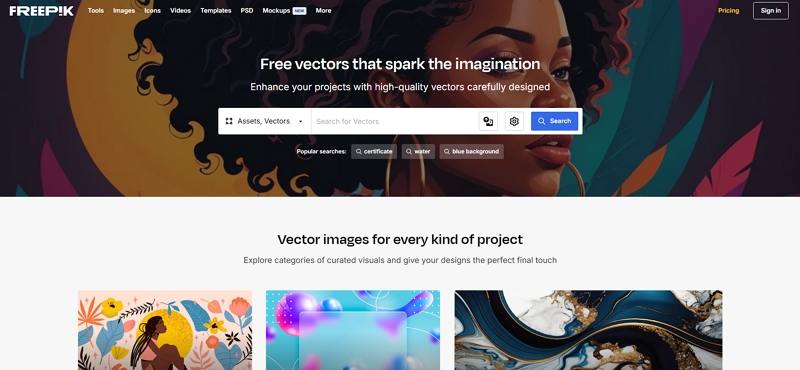
2. Vecteezy: Download Free Vectors
Vecteezy provides a huge collection of free vector art, including icons, infographics, illustrations, and more. The platform offers both free and premium vectors, with a user-friendly interface for easy searching.
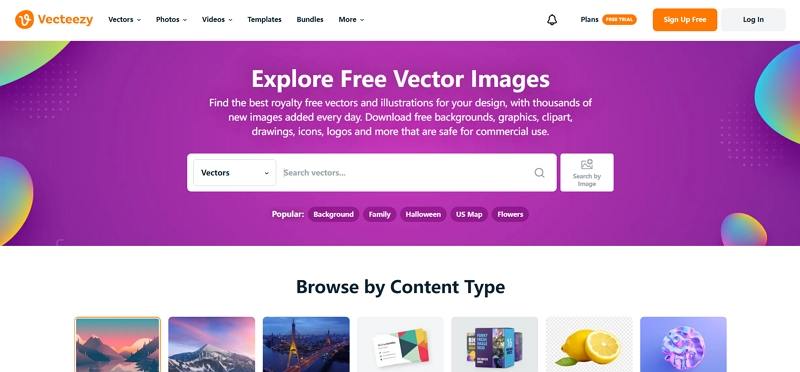
3. Pixabay Stunning Free Vector Art Stock Images
Pixabay not only offers free stock photos but also an extensive collection of free vector graphics. All images are free to use for commercial purposes, making Pixabay a reliable source for design assets.
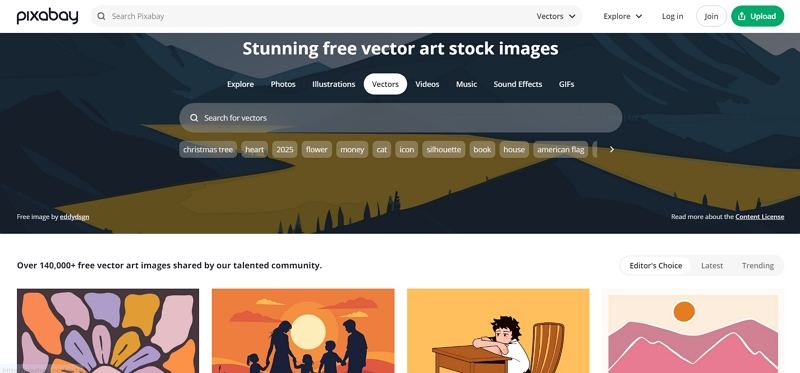
Part 4: How to Convert Vector Images (SVG/DXF) to Pixels (JPG/PNG/BMP)?
HitPaw Univd is a versatile image conversion software that allows you to seamlessly convert vector files into raster formats, such as JPG, PNG, BMP, and more. Whether you're looking to use your vector images for web applications or social media, Univd simplifies the process without sacrificing quality. With Univd, you can convert your vector images (SVG/DXF) to pixel-based formats like JPG or PNG with just a few clicks. The software is fast, easy to use, and offers features like image resizing, rotation, cropping, and more, making it a must-have tool for anyone working with vector files.
- Convert vector images to popular formats like JPG, PNG, WebP, BMP, and more.
- Batch Conversionto convert multiple images at once, saving time and effort.
- Ensure your converted images maintain high resolution and sharpness.
- Image Editing Toolsto esize, crop, rotate, and compress images before conversion.
- User-Friendly and intuitive interface that's easy for beginners to navigate.
Step 1.Open the software and navigate to the Photo tab on the main interface. Select the Image Converter function.

Step 2.Upload your SVG or DXF files. You can import multiple images at once for batch processing.

Step 3.Choose the desired raster format (JPG, PNG, BMP, etc.) under the "Convert all to" option. Select a destination folder to save the converted images.

Step 4.Click the Convert All button, and HitPaw Univd will convert your images swiftly while maintaining quality.

Conclusion
Understanding vector files and their various formats is essential for designers, illustrators, and anyone involved in digital creation. With their scalability and precision, vector graphics are perfect for logos, illustrations, and more. Platforms like Freepik, Vecteezy, and Pixabay offer valuable resources for downloading free vector images. If you need to convert your vector images to raster formats, HitPaw Univd is a powerful tool that simplifies the process. Whether you're a professional or a hobbyist, mastering vector file formats is a key step in creating high-quality designs.









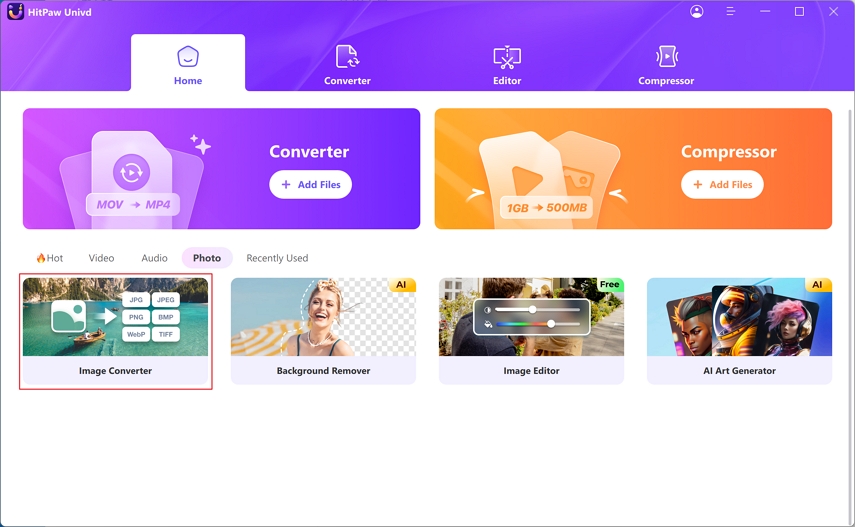
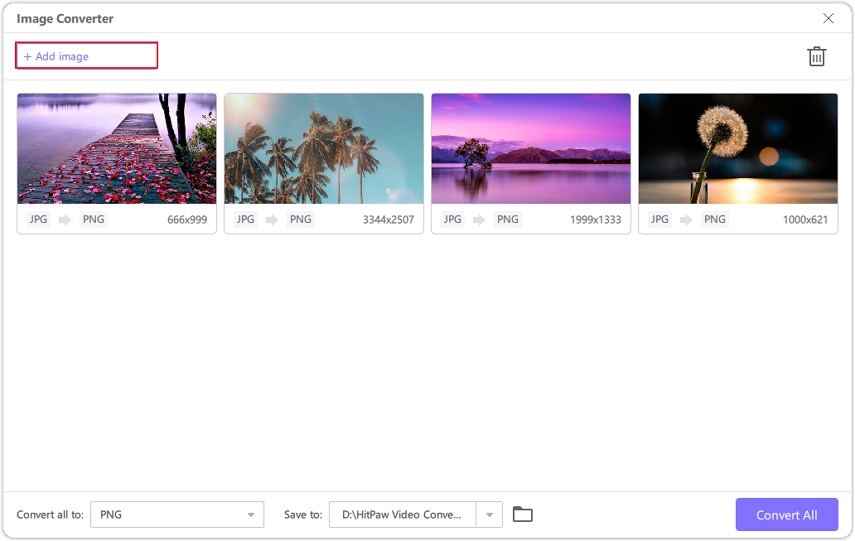
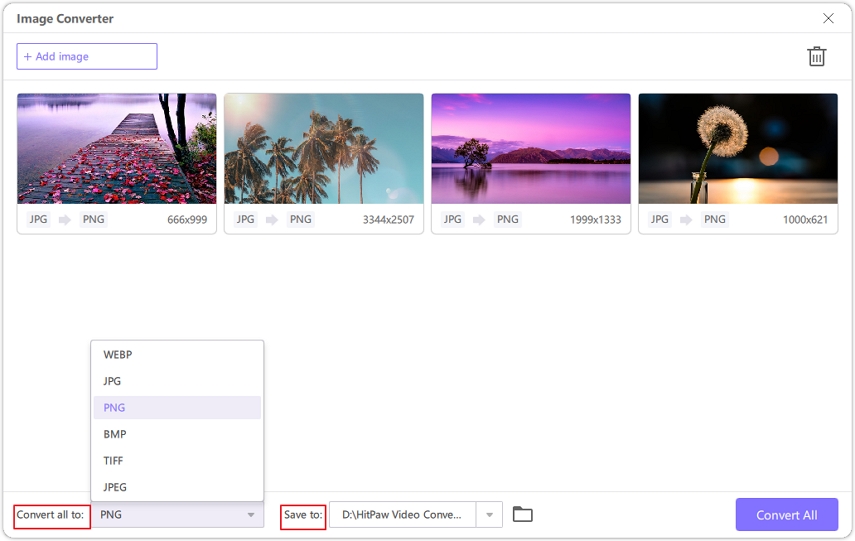
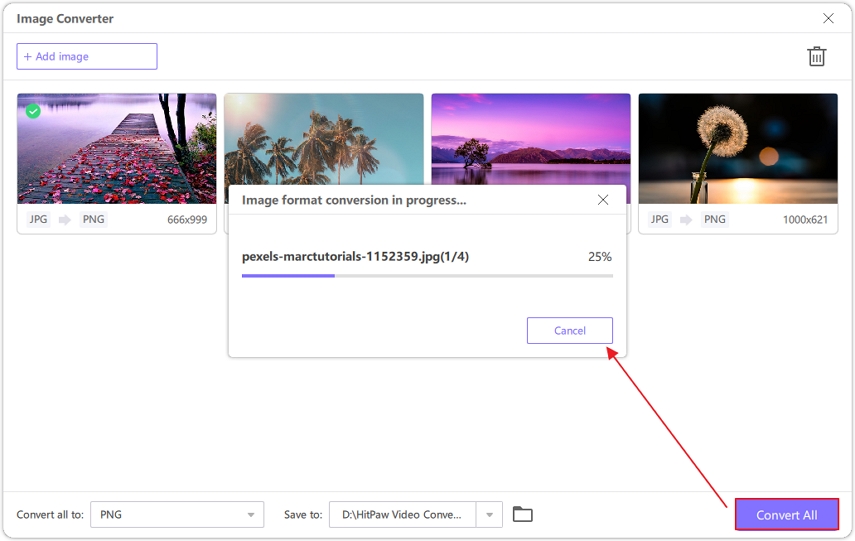

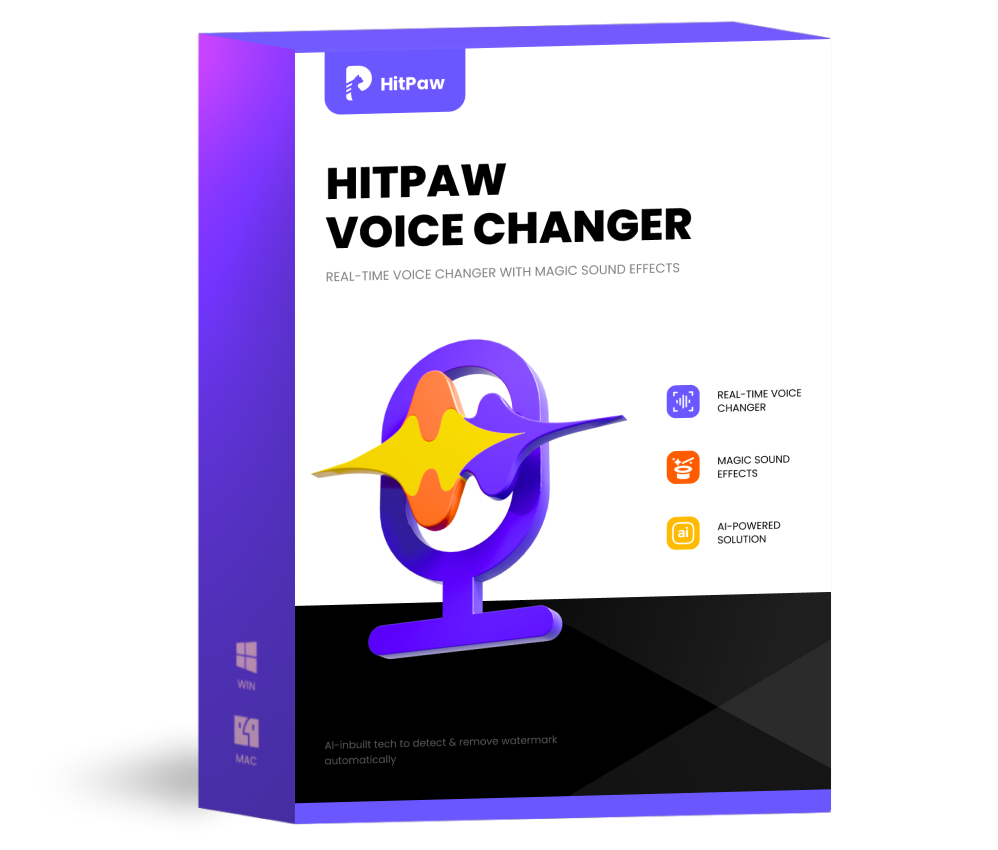 HitPaw VoicePea
HitPaw VoicePea 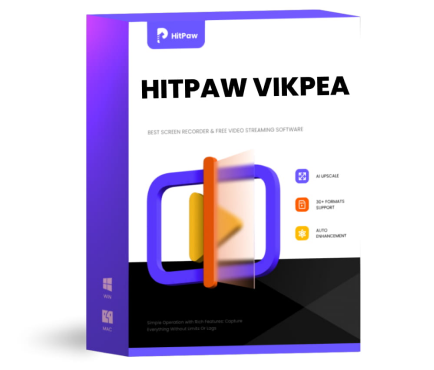 HitPaw VikPea (Video Enhancer)
HitPaw VikPea (Video Enhancer)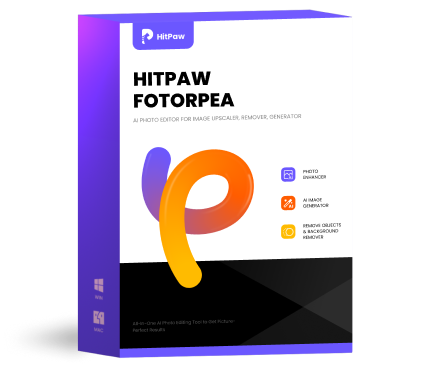 HitPaw FotorPea
HitPaw FotorPea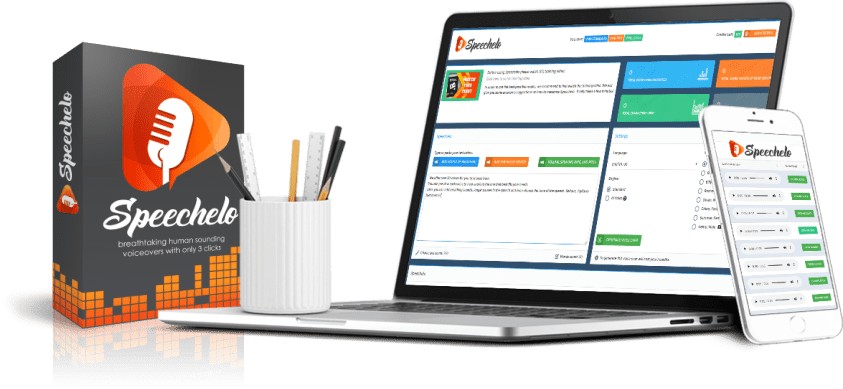

Share this article:
Select the product rating:
Daniel Walker
Editor-in-Chief
This post was written by Editor Daniel Walker whose passion lies in bridging the gap between cutting-edge technology and everyday creativity. The content he created inspires the audience to embrace digital tools confidently.
View all ArticlesLeave a Comment
Create your review for HitPaw articles